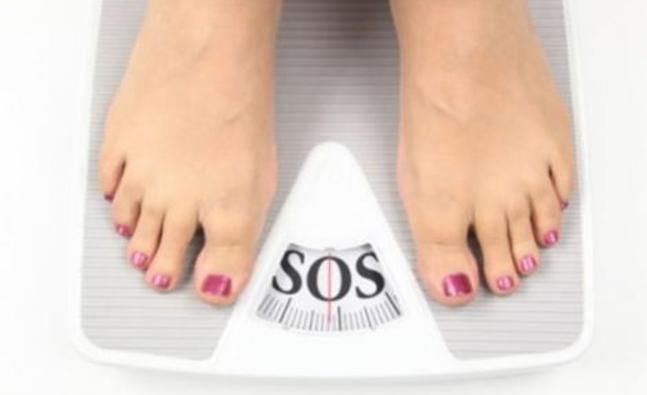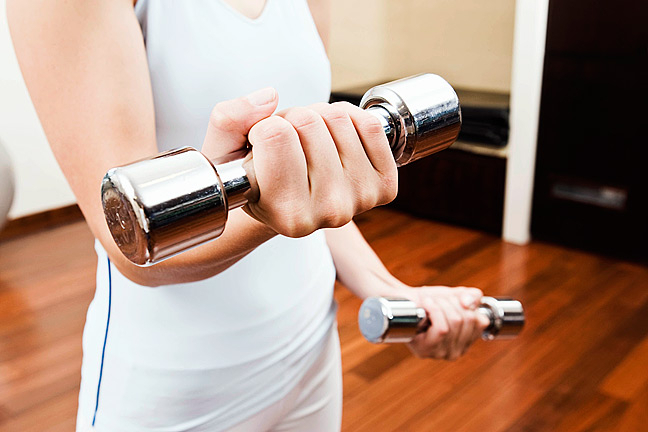HOW TO LOSE MORE CALORIES QUICKER WITH HIGH INTENSITY INTERVAL TRAINING?
How To Lose More Calories Quicker With High Intensity Interval Training?
If you’re looking to burn more calories – as opposed to losing more muscle – without the need for lots and lots of cardio each week, you might want to consider taking up high-intensity interval training (HIIT).
No doubt, you’ve already learned by now that when someone tells you you can lose more fat for less work, it’s a lie. We’ve all seen the ads by supplement companies who promise us that if we take their pills today, we’ll wake up skinny in the morning after burning 500,000 calories while snoozing.
Right.
Maybe you yourself have tried the supplements and realised they just don’t work. You’ve tried them, and you really don’t want to go back to cardio … So what do you do?
High intensity interval training can help. A lot.
Getting into shape so that you have the perfect ripped abs is not as complex as a lot of people think it is. You have to get the little things right first. For example, measure your caloric intake, and take a closer look at how many macronutrients and how many micronutrients you’re getting.
Fad dieting, by contrast, is not the way to lose more calories quickly.
HIIT can help, but you need to know how to use it properly first. It’s great for quick fat loss, and it’s more effective than low-intensity steady-state cardio.
But what is high intensity interval training?
HIIT is a style of workout that has you switching between periods of low effort and LOTS of effort.
The high-intensity intervals push your body as hard as possible so that it reaches its metabolic limits, while the low-intensity ones gives your a body a chance to catch its breath.
How hard you push your body really comes down to how hard it can be pushed. The idea is to reach your Vmax level of exertion. You know you’ll have reached it when all of a sudden you can’t breath in as much air as you need. Your goal is to reach this state – and sustain it.
This, of course, means a lot of hard work. It means a lot less walking – and a lot more sprinting!
Now that you know what HIIT is, let’s take a look at how to create a HIIT routine that works for you.
Creating An Effective High Intensity Interval Training Routine
There are 5 things you need to take into account when building your own high-intensity interval training routine:
- Type of cardio
- Frequency of your workouts
- Length of your workouts
- Intensity and duration of your high-intensity intervals
- Intensity and duration of your low-intensity intervals
Best Types Of High-Intensity Cardio
The best choices for cardio are:
- Cycling
- Sprinting
- Rowing
Cycling and rowing are often the most popular because sprinting is more demanding on your legs and can make it hard for you to dead lift or squat afterwards.
Research has also suggested that it’s important that you choose the right type of cardio because it plays a huge role in strength gain.
If, however, you don’t enjoy swimming or cycling, there are other forms of cardio that you can try instead. These including boxing, jump roping and swimming.
Whichever form you settle on, just be careful not to do too much.
How Intense Should You Make Your Intervals?
The aim here is to go fast – and to go hard. Nobody loses calories quickly with high intensity interval training when they go slow and hard.
If you’re to be using a cycling machine or a rower, you ideally need enough resistant to pull or pedal so that you’re achieving your goals.
But it’s important to remember that the difference between high and low intervals is your speed. You can increase and decrease your resistance, but what matters most is how much you increase and decrease your speed.
The fundamental factor that will determine just how effective your high-intensity interval training routine is is the amount of time you spend at your Vmax level of exertion. You don’t want to spend so little time that it becomes a quasi-HIIT workout, and neither do you want to spend so much time at this level that you burn out and never want to try it ever again.
To achieve the max time at Vmax level, you should get to that level of exertion as fast as possible. Don’t be afraid of getting there quickly. If you’re sprinting, give each sprint everything you’ve got off the mark. Don’t build up to it.
How Restful Should Your Make Your Rest Periods?
There are 2 ways in which it’s possible to make your high-intensity interval training harder:
- Decrease the amount of time you spend during your rest period
- Increase the amount of time you spend on your high-intensity intervals
My recommendation is that you increase the length of your high intensity interval training until it’s in the 50% of your Tmax. Once you’ve got there, it’s entirely down to you where you go next.
Personally, I bring my rest periods down to a ratio of 1:1. This equates to a minute and a half of high-intensity intervals and then another minute and a half of rest.
I then slowly raise the bar higher, while still employing that 1:1 ratio.
How Long Should Your High-Intensity Interval Workouts Be?
High intensity interval training can be REALLY stressful on your body. For this reason, you really don’t want to overdo things. This is what I recommend:
- Begin with 2 minutes of low-intensity warmups
- Do around 25 minutes of HIIT
- Warm down for around 3 minutes
Sorted.
There really is no need to do longer workouts if your primary goal is to lose more calories quicker. If you want to boost performance you will need to extend your workouts. Otherwise, there is no need.
If you have tried high intensity interval training and you feel as though you’re not burning enough calories, you might want to take a look at your diet, as it could be letting you down.
Stay happy and healthy!
-
Low calorie potato chips
-
Q&A: Does Water Really Speed Up Weight Loss?
The question: Ive heard the rumor that you should drink water to lose
-
5 Ways to LOSE WEIGHT that are NOT diet-related
-
How keeping a diary may assist weight loss
-
Is stress making you eat more?
-
Helping older women maintain weight loss
- DON'T MISS
- Top habits of successful dieters: Wake up and DRINK!
- Late night eating
- Make weight loss a family goal
- Tight, Toned Tummy Tips: Stop slouching!
- Get more informed to limit weight gain
- Does lemon juice help weight loss?
- 4 Surprising Things That Can Increase Your Appetite
- 27 Ways to Boost Your Metabolism and Torch Fat Today
- Birth Control Pills and Weight Gain
- Fashionable Nutrition Myths: Stop complicating your weight loss




